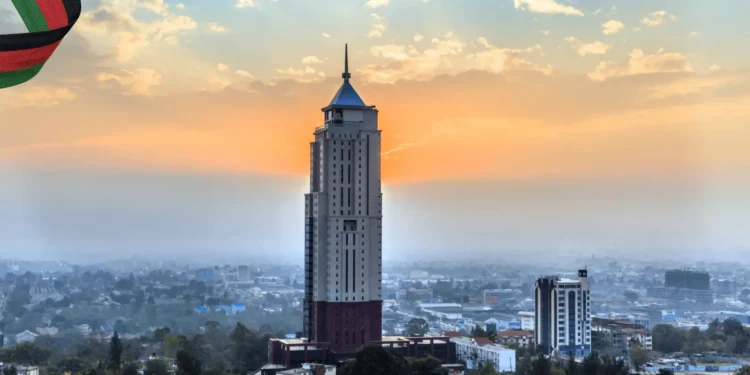The mining sector in Kenya has long been sidelined, accounting for only 1% of the country’s Gross Domestic Product (GDP). The county relies heavily on the agriculture, tourism, manufacturing, and service sectors as major foreign exchange earners.
But things are poised to shift following the announcement of large deposits of Coltan, a rare mineral used in the manufacture of modern electronic gadgets. According to the Kenyan government, word-class coltan deposits have been found in six counties, including Embu, Tana River, West Pokot, Turkana, and Samburu. The development comes after a survey in 2023 revealed the country has 970 minerals.
Facts about Coltan
Coltan ore contains two elements – tantalum and niobium. Coltan is refined to form a heat-resistant tantalum, which possesses unique properties to hold electrical charge. These unique properties make Coltan a vital component in the development of capacitors, which are used in many modern electronics, including laptops, cameras, and cell phones.
The Democratic Republic of Congo is the world’s largest coltan producer. In 2022, the DRC’s Coltan production amounted to approximately 860 metric tons. Other major coltan producers include Brazil, Australia, Brazil, Mozambique, and Rwanda.
What Coltan discovery means to Kenya
The global coltan market size is projected to grow significantly over the next few years. Thus, coltan mining could boost the Kenyan economy by increasing the country’s foreign exchange earnings. In 2022, the global price of Coltan was $48.82 per kilo (Ksh 7,900), according to a report by Forbes Africa. The exploitation of Coltan could be a move to increase the mining sector’s contribution to the country’s GDP from 1% to the envisioned 10%.
Related post: Top Investment Opportunities in Kenya in 2024
Coltan mining has the potential to bring positive transformation to local communities. The mineral royalties received by the communities and county governments can spur change and economic growth.
But we can’t overlook the concerns of coltan mining in other nations. In DRC, coltan exploitation is associated with massive environmental degradation, violence, and human rights abuses. Improper disposal of chemicals used in coltan processing leads to pollution of water bodies and significant disruption of aquatic life.
Child labor is a common adverse effect of poorly regulated coltan mining. Children from poor households can be lured to engage in coltan mining activities. The vice commonly occurs in artisanal mines and contributes to issues such as school dropout, sexual exploitation, and poverty cycles.
What’s should be done
In partnership with county governments, the national government must actively supervise and regulate the mining of Coltan and other strategic minerals. The revenue from coltan exploitation should be directed to improving local communities and the nation as a whole. Also, the government must reform and strictly enforce laws to eradicate child labor from all mining activities. Lastly, local leaders should monitor and report activities on all mining sites.




